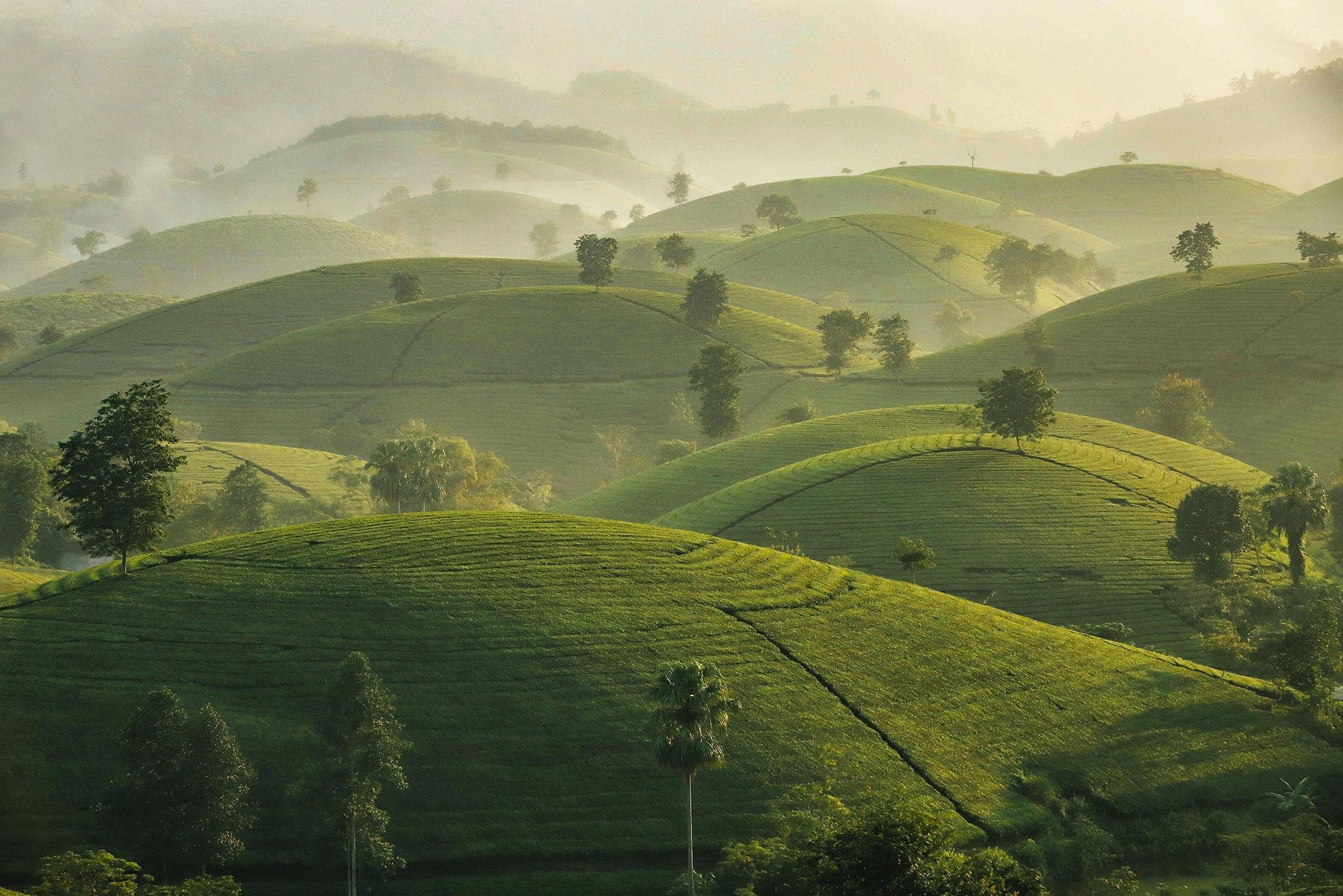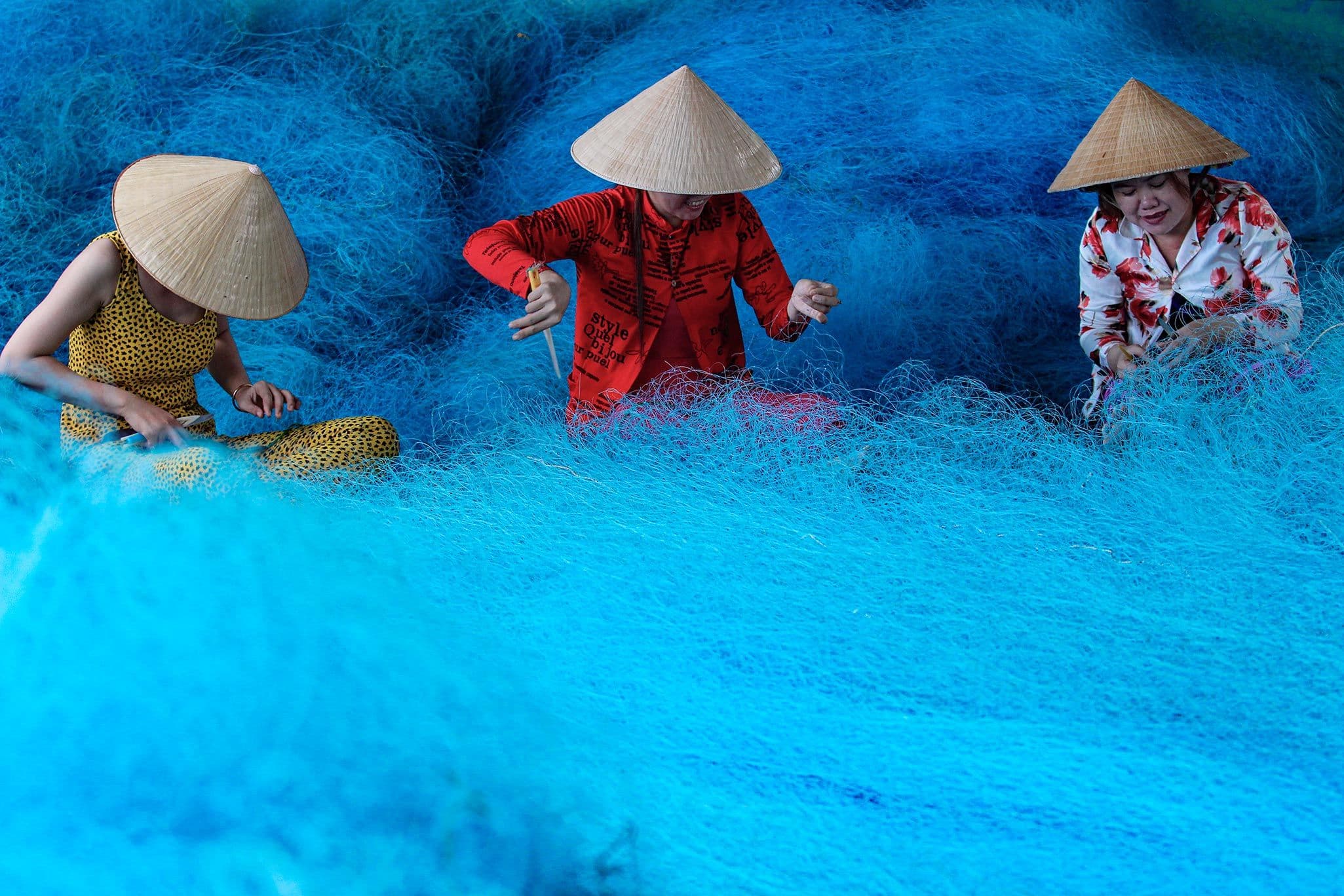
Exploring Pagoda Vietnam stands out as a top-notch experience when touring Vietnam. These sacred sites serve as repositories of the rich cultural and historical heritage spanning the country's diverse regions.
Vietnam boasts a plethora of pagodas varying in size and significance, with 5 standout examples from Ftrip Vietnam highlighted below.
All About Pagoda Vietnam
Pagodas, referred to as “Chua” in Vietnam, serve as sacred places of worship for Buddhists. Unlike temples, which may have broader religious significance, pagodas are specifically designated for Buddhist practices, yet they warmly welcome all visitors regardless of their faith.
When stepping into a pagoda, it’s essential to honor the local customs and traditions. As a respectful traveler, entering on the right side and exiting on the left is customary. Additionally, if required, it’s customary to remove your shoes before entering. Dressing modestly is also advised, with no hats, exposed shoulders, or shorts permitted. For more insights on navigating Vietnam, check out the Vietnam Dos and Don’ts travel tips.
Avoid pointing at altars or statues within the pagoda, and be mindful of locals engaged in prayer. Always seek permission before capturing any photographs.
The optimal time to experience the serenity of a pagoda is typically in the morning before the hustle and bustle begins. However, witnessing the beauty of an illuminated pagoda at night can be equally enchanting, although some may be closed during evening hours. An illuminated pagoda presents a captivating spectacle not to be missed!
Top 5 Most Famous Pagodas In Vietnam
Yen Tu Pagoda
Location: Nam Mau village, Thuong Yen Cong commune, Uong Bi city, Quang Ninh province
Perched atop the Yen Tu mountain range, Yen Tu Pagoda offers a captivating panorama of ethereal landscapes blending with the clouds.
Esteemed by locals and visitors alike, this pagoda charms with its picturesque surroundings and traditional Buddhist architecture. Crafted entirely from copper, the pagoda's structures, including the Buddha statue, bells, and ever-flowing well, showcase exquisite artistry.
The ideal time to visit is during the first to third lunar months, coinciding with the historic Yen Tu festival, a revered event among Vietnamese Buddhists. Yen Tu Pagoda stands as a quintessential attraction in Quang Ninh, alongside the renowned Ha Long Bay, a UNESCO World Heritage Site.
When planning your trip in Quang Ninh, consider the Spectacular Ha Long Bay Tour Package (2 days 1 night) for the perfect vacation.
Perfume Pagoda
Located in Huong Son commune, My Duc district, approximately 62 kilometers away from the heart of Hanoi, the Perfume Pagoda is a must-visit destination for travelers exploring Northern Vietnam.
It offers a rich cultural experience, encompassing not just one pagoda, but a complex of numerous ancient Vietnamese pagodas and temples, each with its own unique size and grandeur. Visitors can bask in the tranquility of nature and the sacred ambiance of the surroundings.
The Perfume Pagoda is renowned for hosting a significant festival in Northern Vietnam, drawing visitors from far and wide to partake in the celebrations. While there, visitors can leisurely cruise along the stream, embracing the soothing rhythm of the water. Additionally, they can indulge in the region's delectable specialties.
For an unforgettable experience, planning a visit during the Tet Holiday, when the local festival is in full swing, is advisable. This presents a wonderful opportunity to join in the festivities alongside the locals, as well as to pay homage to the various pagodas and temples in hopes of receiving.
Tam Chuc Pagoda
Tam Chuc Pagoda, situated in Ba Sao town, Kim Bang district, Ha Nam province, stands as Vietnam's and the world's largest pagoda to date. Its grandeur alone warrants a visit from any tourist seeking picturesque sights.
Spanning across a vast 5,000-hectare area, Tam Chuc Pagoda festivals boast traditional Northern Vietnamese pagoda architecture adorned with stunning artifacts and intricate carvings, much like its counterparts in the region.
Moreover, the pagoda features several notable attractions, including the Quan Am Temple and the Garden of Scripture Pillars, which are sure to capture the interest of visitors.
Bai Dinh Pagoda
Bai Dinh Pagoda stands out as one of Vietnam's most renowned pagodas, boasting numerous records. Formerly the largest pagoda in Vietnam until Tam Chuc Pagoda surpassed it, Bai Dinh holds eight additional records.
These include having the tallest pagoda tower in Southeast Asia, the longest Arhat hallway, and Asia's largest golden Buddha statue. Moreover, it houses the largest bronze Maitreya Buddha statue in Southeast Asia, Vietnam's largest bronze bell, the country's most extensive pagoda area, the pagoda area with the most Arhat statues, and the largest jade well in Vietnam.
When visiting Bai Dinh Pagoda, be sure to explore both the ancient and modern complexes, each showcasing meticulous architectural works from distinct historical periods.
One Pillar Pagoda
The One Pillar Pagoda comes out as a key attraction for travelers exploring Hanoi. Renowned for its unique architecture, it distinguishes itself from other pagodas in the country. Positioned amidst a serene lotus pond, the pagoda mirrors the delicate form of a lotus flower.
Legend has it that Emperor Ly Thai Tong was inspired to create this architectural marvel after dreaming of being seated on a lotus throne by Quan Am Bo Tat. Thus, the One Pillar Pagoda holds deep cultural significance in Vietnam and serves as a poignant symbol of Hanoi's rich history and spiritual heritage.
Conclusion
Pagoda Vietnam holds significant religious, historical, and cultural value in the country. You'll find numerous options to explore depending on the region you visit.
These five pagodas and temples stand as prominent symbols of Vietnam's rich history and diverse culture. Touring these sites offers an opportunity to appreciate their architecture and gain insights into local customs and traditions.










